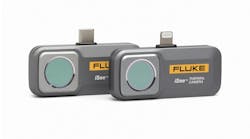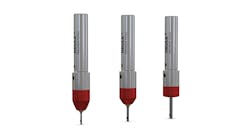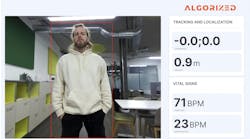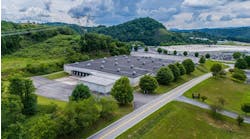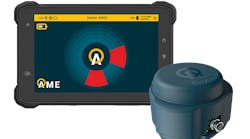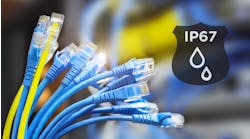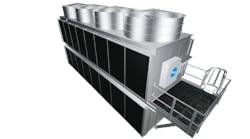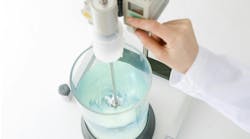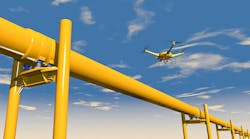Higher Standards: How Automated Drones Are Improving Oil and Gas Inspections
Inspections are critical for the oil and gas industry, and for good reason. They identify maintenance and repair needs before they can become dire, locate bottlenecks, and above all, protect workers, civilians, facilities and the environment.
There has long been a touch of irony to the oil and gas inspection process, however. The number one purpose of these inspections is to protect people, but the inspections put human inspectors at risk. Luckily thanks to recent advancements in automation and unmanned aerial vehicles, technology can take spare humans from such ordeals.
Out with the Old
Traditionally, inspecting equipment in the oil and gas industry meant inspectors suit up in complicated harnesses and use ropes to climb up and rappel down rigs, flare stacks, derricks and piping. The point of such risky activity was to ensure entire offshore oil platforms, refineries and other facilities are in safe and optimal working conditions. Not only were inspectors dealing with considerable heights, but they also faced risks from extreme heat and open flames as well as noxious chemical leaks. They also had to frequently work in remote locations where emergency response or medical help may not be readily available.
Aside from the risks to inspectors, this process also hampers production as equipment often needs to be shut down to try and reduce the risks inspectors are facing. Necessary as they are, routine inspections can chip away at companies' bottom line. Thankfully, inspection drones can help address many of these challenges.
In with the UAV
Like many industries, oil and gas has welcomed automation with open arms. Automated drones or unmanned aerial vehicles (UAVs) are ones that launch, fly and land automatically, no assistance needed from a pilot (and no significant pilot-related costs incurred, or delays suffered). They also automatically collect and process aerial data. Leading automated drones support swapping of their sensors and payloads to make them capable of a wide range of applications.
What this means for oil and gas inspections is that inspectors can complete visual inspections of dangerous and hard-to-reach equipment through the live video transmitted by a drone. With an automated drone, both regular and emergency inspections can be completed quickly, precisely and in a cost-efficient manner. Automated drones also support sensors that detect gas or chemical leaks, enabling the fastest possible response to an emerging issue or incident. Most importantly, all of this can be accomplished without endangering human inspectors, and without requiring the shut-down of equipment or operations. This capability makes it easier to investigate suspected issues, as there is no need to weigh the pros and cons of shutting down equipment and rigging up inspectors, lowering the chances that a problem will go undetected and an incident will occur. With automated industrial drones handling oil and gas inspections, safety comes first, and the bottom line comes in a close second, and oil and gas companies around the globe are benefiting.
A Job Well Done
The potential for disaster in the oil and gas industry is immense, which has led to a proportional emphasis on inspections and the pressure on inspectors. Couple that with the hazards inherent to oil and gas machinery and equipment inspection, and this is a high-stress job human employees have been grappling with for far too long.
Fortunately, the dual innovations of automation and drones have teamed up to provide a time-efficient, cost-effective and unfailingly precise inspection method that protects inspectors and keeps operations operating to increase production and reduce production costs. No trace of irony here. Automated drones are the future of oil and gas inspections, and the future looks good.
